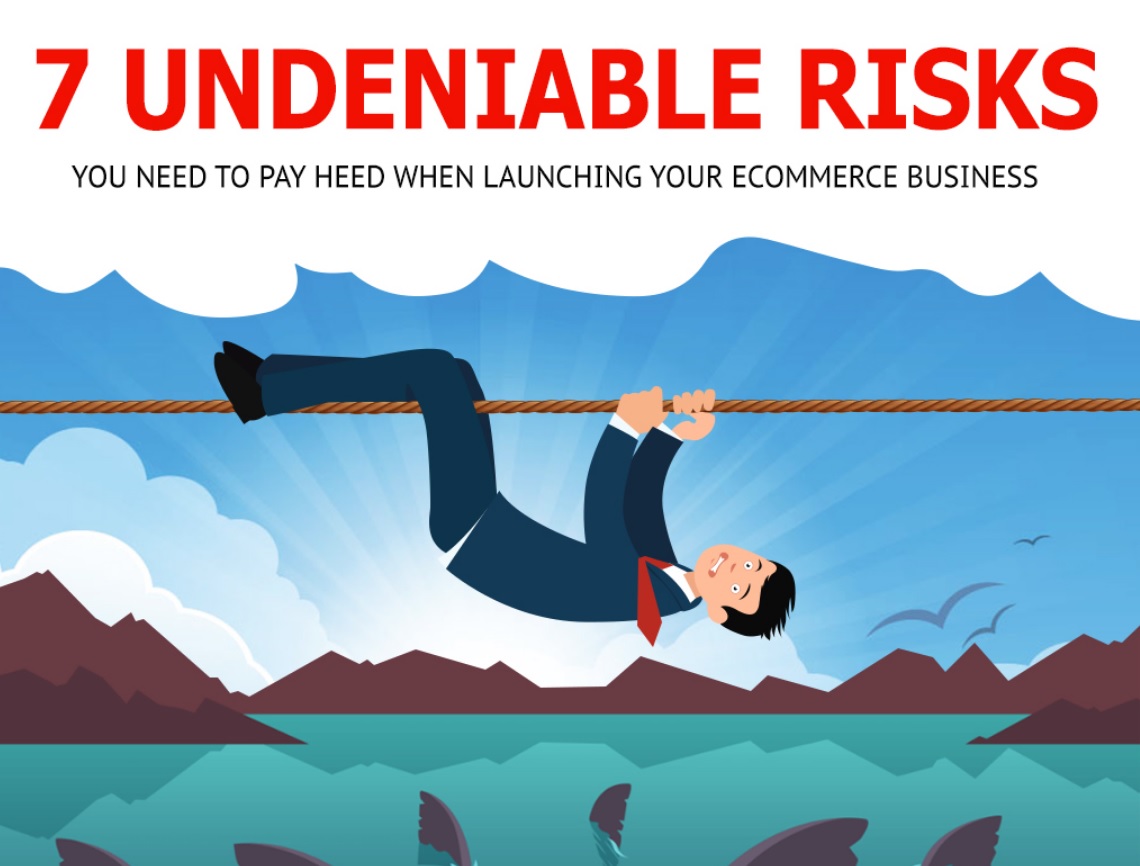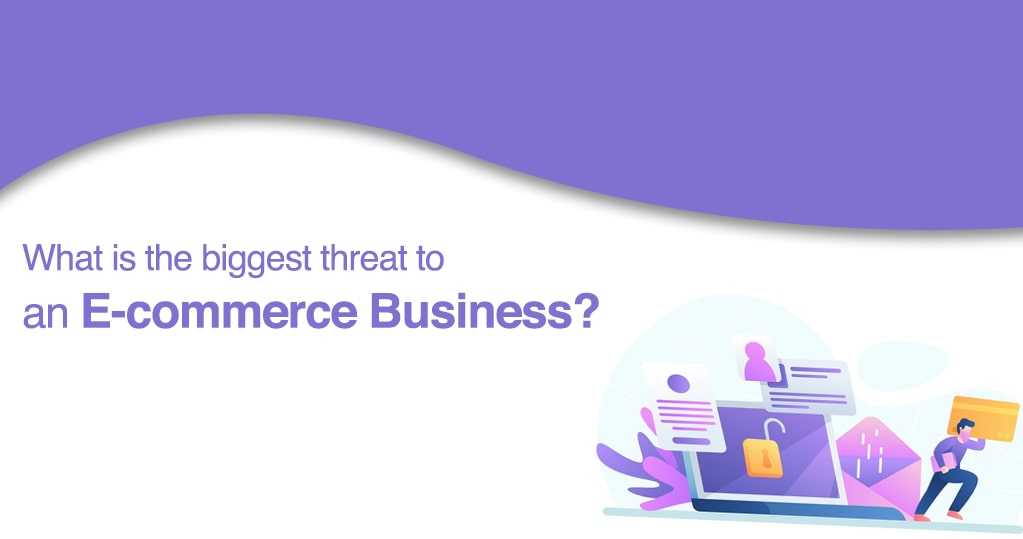

Use of multilayer security or Multi-Layered Consequently, the use of plugins and backup tools is required to shield databases and all sensitive e-commerce information. While there are ways to manually back up your data, it’s easy to forget or stop doing so systematically. Among the biggest threats to our e-commerce are not only malware or phishing. It is extremely important to make regular backups of your site’s data.
THREATS TO E COMMERCE INSTALL
Simply install UpdraftPlus, BackupBuddy, BoldGrid Backup, BackWPup, and other security plugins and make regular copies of e-commerce databases.

And it certainly doesn’t require hiring industry professionals. This is another of the most effective e-commerce security strategies. Although it is not infallible, its operation is simple and makes it possible to improve cybersecurity in payments. This system makes it possible to differentiate between fraudulent and legitimate transactions.
THREATS TO E COMMERCE VERIFICATION
On the other hand, a good shield to stop fraudulent transactions is to use an AVS (Address Verification System).
THREATS TO E COMMERCE CODE
Requiring the CVV (Card Verification Value) code is a highly recommended practice. Businesses should exercise extreme caution, especially when credit or debit cards are involved. Payment processing is one of the most sensitive aspects of e-commerce cybersecurity. Implements CVV and AVS verification systems Moreover, Google and other search engines give priority to e-commerce with HTTPS protocols over HTTP. In this way, customers know that their data is properly encrypted and protected. This is because browsers display a padlock and green text next to the URL, indicating that the website uses HTTPS and SSL certificates. In addition, the installation of HTTPS servers has a positive effect on user confidence during navigation. Parallel to these protocols, it is also essential to install SSL certificates (secure sockets layer), responsible for protecting data in transit during the payment process. Now they are needed in the entire website, which has condemned the old HTTP protocols to ostracism, so to speak. The HTTPS protocol has been used normally in parts of the website intended for payments, due to the need to armor the information of customers and companies.Īt present, however, the use of these protocols has become widespread. These protocols have increased their popularity in recent years, compared to traditional HTTP, more vulnerable than HTTPS. You can’t miss them! 6 e-commerce security strategies Install HTTPS protocols

In the following lines, we will delve into these and other measures of proven effectiveness. Moreover, in 2019, investment in cybersecurity will continue its dynamic growth, almost at the same time as digital threats, which will not cease.Į-commerce security strategies include the use of HTTPS protocols and SSL certificates, the monitoring of transactions and periodic backups, among others. And more and more online shops and companies are aware of their importance. The importance of e-commerce security is beyond doubt.


 0 kommentar(er)
0 kommentar(er)
